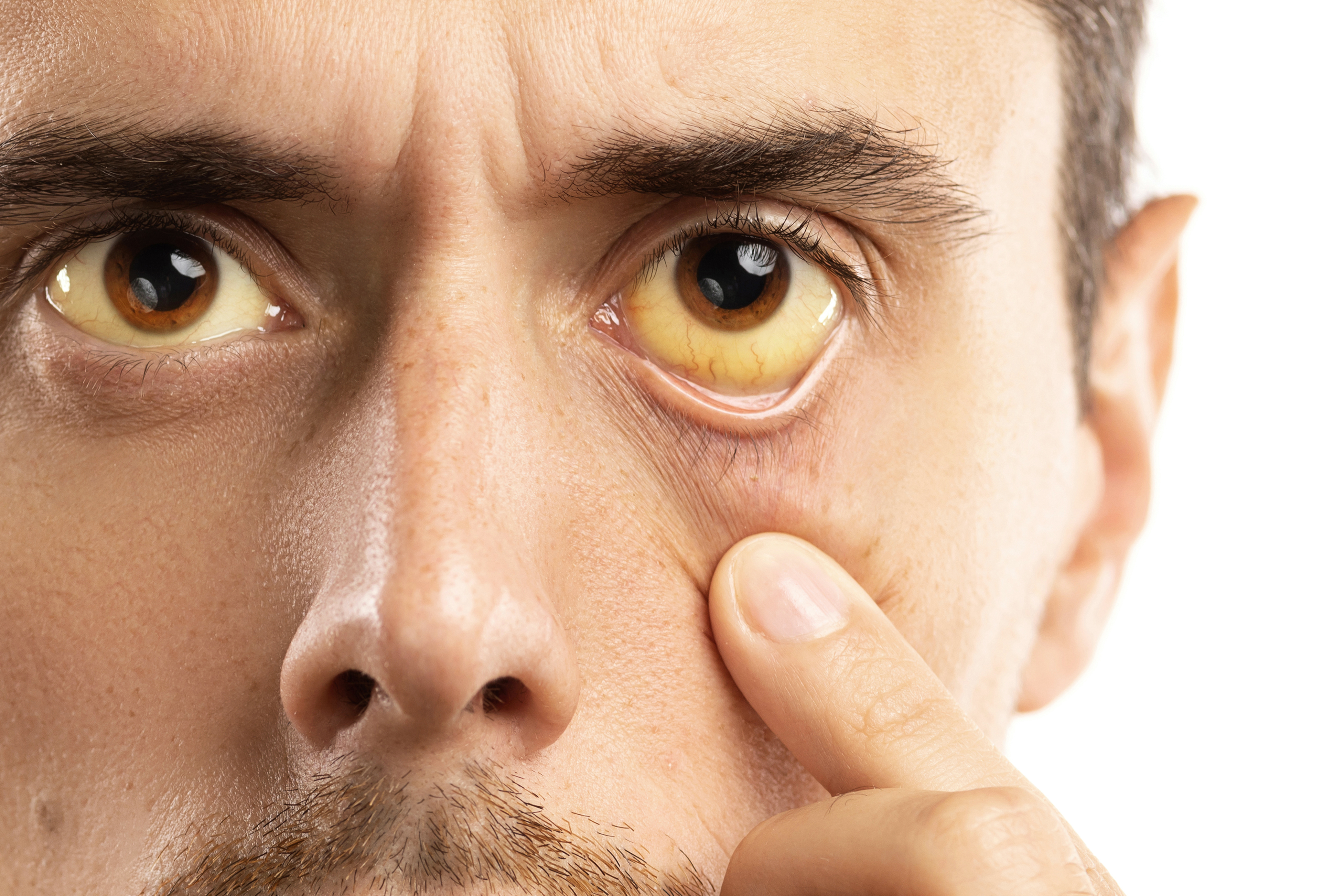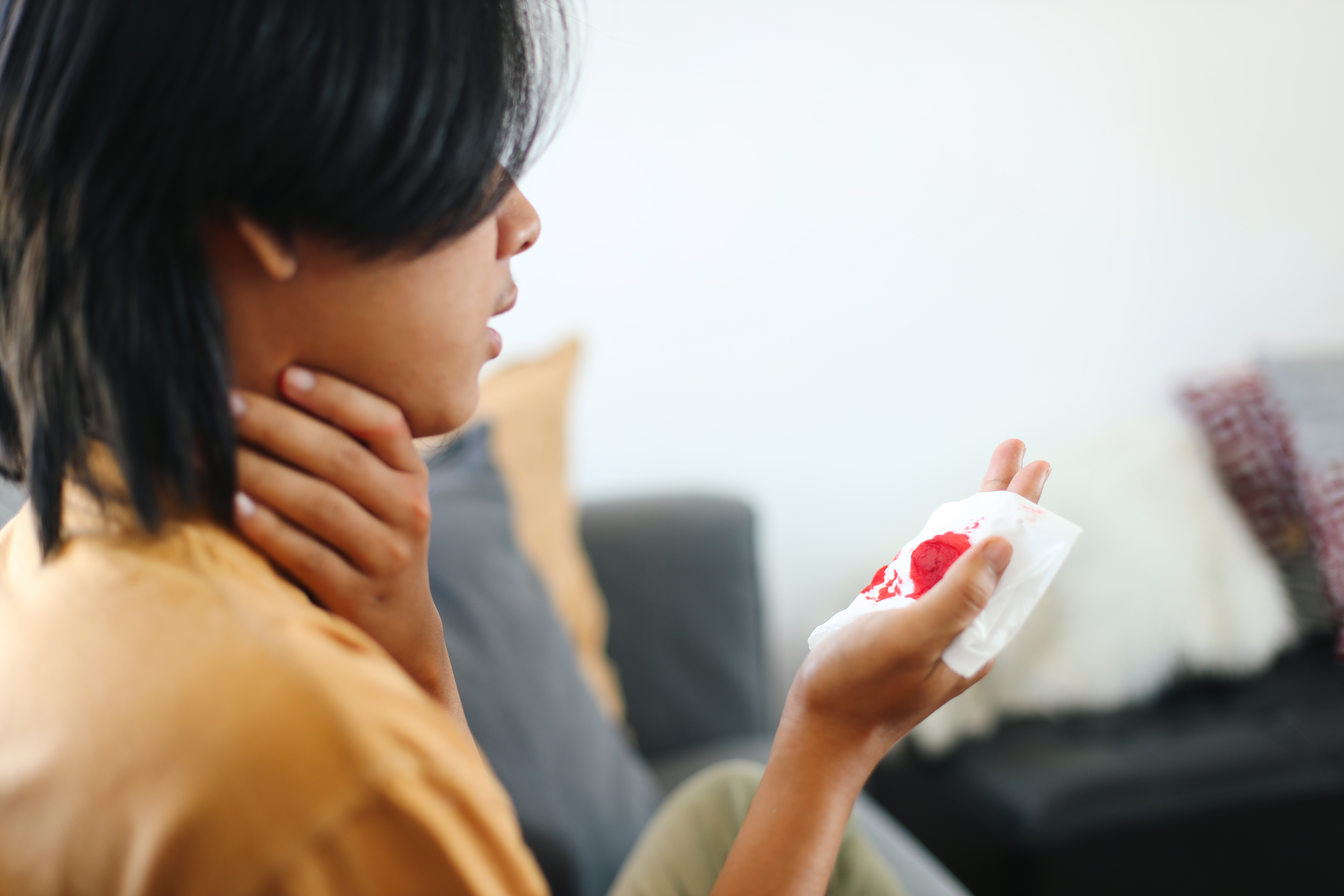Decoding Yellow Fever: A Comprehensive Guide to Understanding its Top 6 Symptoms
Yellow Fever, a viral disease transmitted through the bite of an infected mosquito, has been a significant health concern for centuries. This ailment, predominantly found in Africa and South America, can range from mild to severe, sometimes leading to life-threatening complications. Understanding the symptoms of Yellow Fever is crucial for its early detection and treatment. This comprehensive guide aims to decode the top 6 symptoms of Yellow Fever, providing a clear understanding of what to look out for if you're at risk.
The Onset of Fever

The first and most common symptom of Yellow Fever is, unsurprisingly, fever. This is the body's natural response to an infection, and in the case of Yellow Fever, the fever can be high and come on suddenly. A person infected with Yellow Fever may experience a fever of 102°F (38.9°C) or higher. This fever is often accompanied by chills, general weakness, and body aches. It's important to note that a fever alone does not confirm Yellow Fever, as it is a common symptom in many illnesses. However, it is the first sign that something might be amiss and warrants further investigation, especially if you've recently traveled to an area where the disease is prevalent.
Headache and Muscle Pain

The second symptom to look out for is severe headache and muscle pain. These symptoms are often so severe that they're debilitating. The headache is usually located at the front of the head and is often described as a throbbing or pounding pain. Muscle pain, particularly in the lower back and legs, is also common. This pain can be so severe that it makes movement difficult. If you experience these symptoms following a fever, it's essential to seek medical attention promptly.
Nausea and Vomiting

Nausea and vomiting are other common symptoms of Yellow Fever. These symptoms are typically a result of the body trying to rid itself of the virus. While unpleasant, it's a clear sign that the body is fighting the infection. It's important to stay hydrated during this stage of the disease, as vomiting can lead to dehydration, which can exacerbate symptoms and lead to further complications. If you're unable to keep fluids down due to persistent vomiting, it's crucial to seek medical help.
Jaundice

The term 'Yellow Fever' comes from one of its most distinctive symptoms – jaundice. Jaundice is a yellowing of the skin and eyes, caused by damage to the liver, one of the organs that Yellow Fever can affect. This symptom usually appears after the initial fever stage, and it's a clear sign that the disease is progressing. Not everyone with Yellow Fever will experience jaundice, but if it does occur, it's a clear indicator that immediate medical intervention is necessary.
Bleeding

In severe cases of Yellow Fever, bleeding can occur. This is a result of the virus affecting the body's clotting mechanisms. The bleeding can manifest in various ways, including nosebleeds, bleeding gums, or blood in the urine or stool. This symptom is usually a sign of a more severe form of the disease, known as hemorrhagic Yellow Fever. If bleeding occurs, it's vital to seek emergency medical attention.
The Importance of Early Detection

Understanding the symptoms of Yellow Fever is the first step towards early detection and treatment. If you've recently traveled to a region where Yellow Fever is endemic and start to experience any of these symptoms, it's crucial to seek medical help immediately. While there is no specific treatment for Yellow Fever, supportive care can help manage symptoms and prevent complications. Furthermore, prevention is key, and vaccination is the most effective way to protect against Yellow Fever. Stay informed, stay vigilant, and stay healthy.
